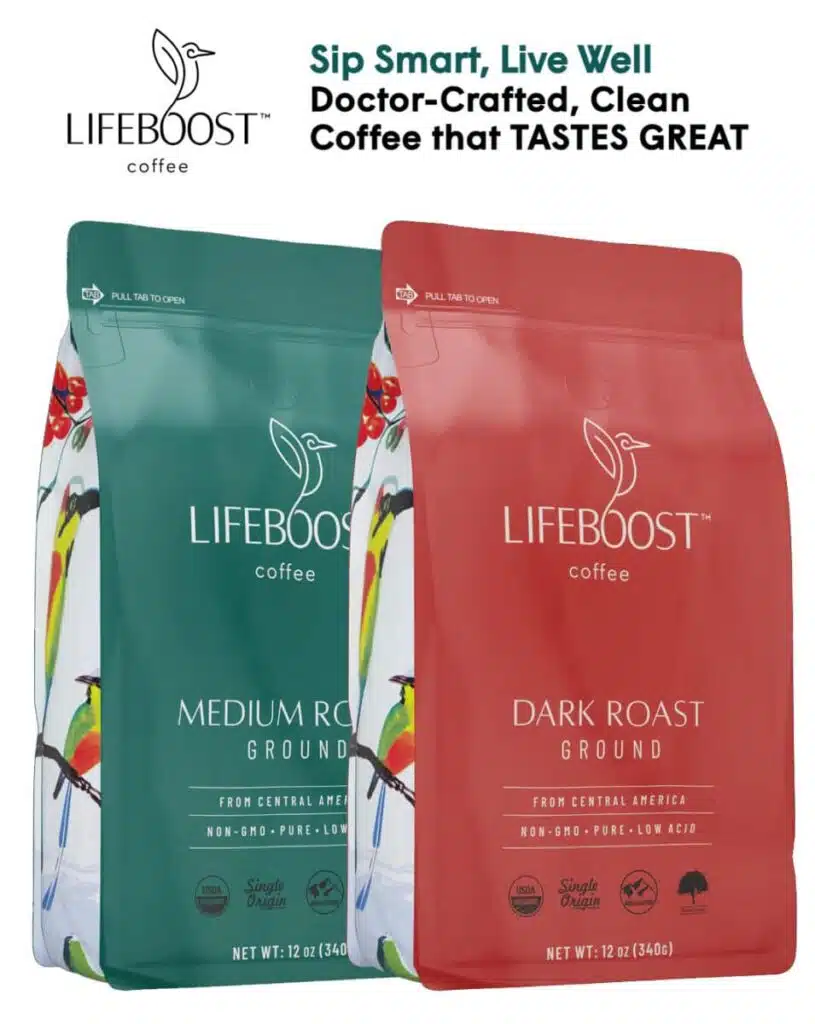When embarking on your journey to discover the perfect cup of coffee, understanding the nuances of coffee beans can transform your experience. Each type boasts its unique flavor profile, influenced by origin, roast, and freshness. As you explore the world of coffee, consider essential factors such as storage, grind size, and even water quality. Embracing organic and sustainable choices not only enhances your brew but also supports the environment. With the right knowledge, you can savor your coffee moments to the fullest. Get ready to dive into the delightful realm of premium coffee beans!
Understanding Different Coffee Bean Types
Choosing the right coffee beans can transform your coffee experience from ordinary to extraordinary. To embark on this delicious journey, you must understand the two most popular types of coffee beans: Arabica and Robusta.
- Arabica Coffee Beans:
- Flavor: Smooth, sweet, and often with fruity or floral notes.
- Caffeine: Lower caffeine content than Robusta.
- Cultivation: Grows at higher altitudes, requiring specific climates.
- Robusta Coffee Beans:
- Flavor: Stronger, more bitter, and earthy.
- Caffeine: Contains about double the caffeine of Arabica.
- Cultivation: Hardier plant, thriving in warmer and less ideal conditions.
When selecting coffee beans, consider your taste preferences. If you savor complex flavors, opt for Arabica. Conversely, if you crave a more robust cup to kickstart your day, Robusta may be your choice.
Comparison Table of Coffee Beans
| Type | Flavor Profile | Caffeine Content | Growing Conditions |
|---|---|---|---|
| Arabica | Smooth, fruity, floral | Lower | Higher altitudes, specific climates |
| Robusta | Strong, bitter, earthy | Higher | Hardy, warmer climates |
By understanding these differences, you can confidently choose coffee beans that align with your unique taste. Remember, the coffee bean type sets the tone for your entire coffee experience, so choose wisely and enjoy the delightful world of flavors!
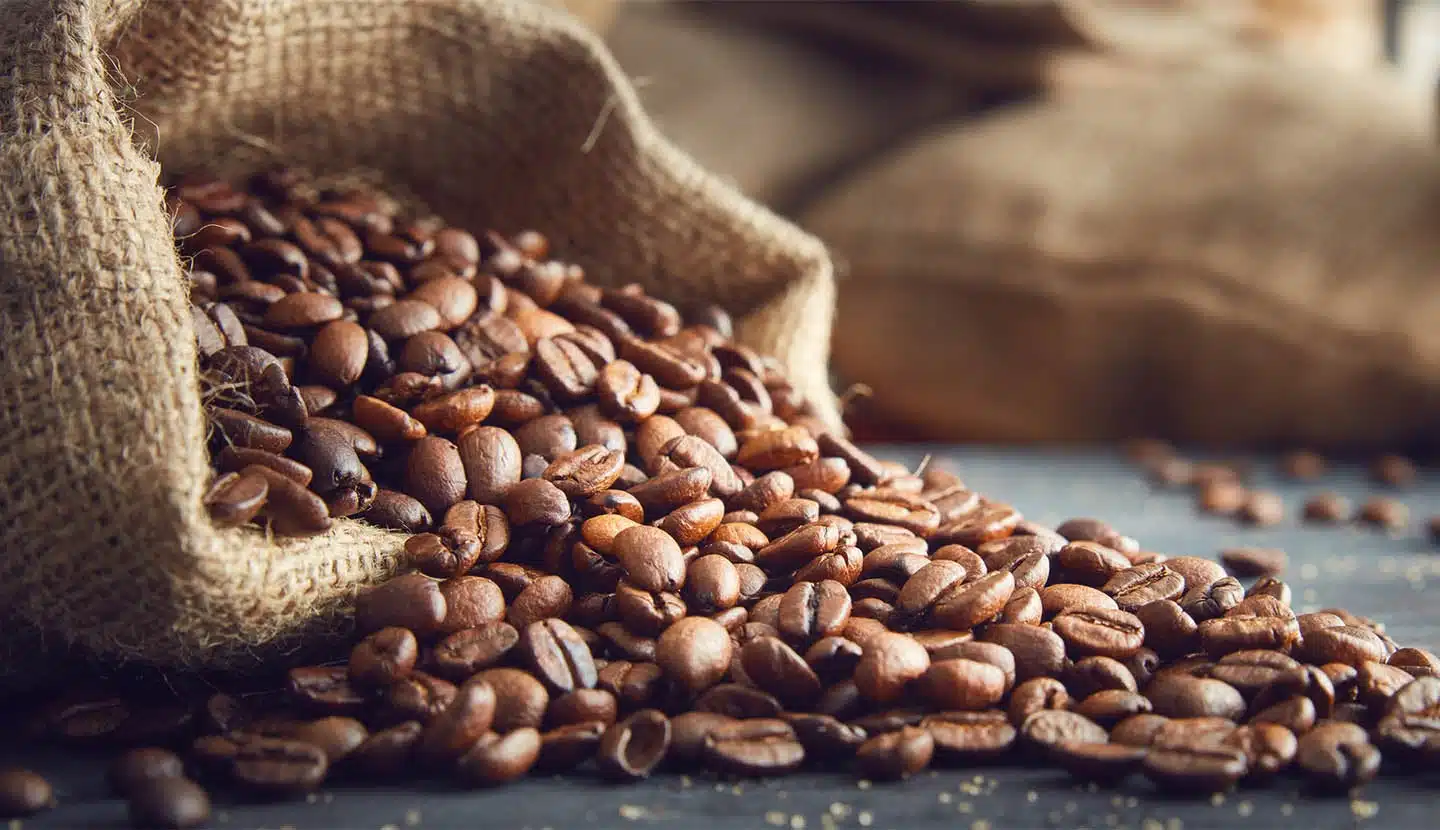
Exploring Flavor Profiles
When it comes to coffee beans, understanding flavor profiles can elevate your coffee experience. Each coffee bean type exhibits distinct flavors influenced by factors such as origin, processing method, and roast. Here’s what to consider:
- Origin: Coffee beans from different regions offer unique tastes. For instance:
- Ethiopian beans: Known for their floral and fruity notes, often with a tea-like quality.
- Colombian beans: Typically deliver a smooth, well-balanced flavor with a hint of nuttiness.
- Brazilian beans: Often feature chocolatey undertones and a sweet, creamy body.
- Processing Method: The way coffee beans are processed significantly affects their flavor:
- Washed (or wet) processing method usually results in brighter and cleaner flavors.
- Natural processing can enhance sweetness and add fruity characteristics.
- Taste Categories: Familiarize yourself with common taste notes:
- Fruity: Such as berry, citrus, or tropical fruit.
- Nutty: Like almond or hazelnut.
- Spicy: Including hints of cinnamon or clove.
As you explore different flavor profiles, take the time to experiment with various coffee beans. Consider keeping a tasting journal to note what you enjoy most. By understanding these nuances, you’ll craft a coffee experience that’s not only delightful but also uniquely yours!
The Importance of Freshness
When it comes to enjoying a delightful cup of coffee, the freshness of coffee beans plays a pivotal role. Regularly consuming stale coffee can compromise flavor and aroma, diminishing your overall experience. Therefore, it’s essential to choose your coffee beans with freshness in mind.
Here are a few key points to consider:
- Bean Age: Coffee beans are at their peak for about 2 to 4 weeks after roasting. Aim to purchase beans within this timeframe for optimal taste.
- Packaging: Look for coffee beans sold in vacuum-sealed bags or containers. These methods limit exposure to air and light, preserving freshness.
- Roasting Date: Pay attention to the roast date rather than the expiration date. Freshly roasted coffee ensures vibrant flavors that can elevate your coffee experience.
To further illustrate the significance of freshness, consider this comparison:
| Freshness Level | Flavor Profile | Aroma | Overall Satisfaction |
|---|---|---|---|
| Fresh (1-2 weeks) | Rich, vibrant, and complex | Intense | High |
| Slightly Stale (3-4 weeks) | Diminished flavor, more flat | Faded | Medium |
| Stale (4+ weeks) | Bitter or sour notes, lack of character | Weak | Low |
Ultimately, fresh coffee beans can turn an ordinary cup into an extraordinary one. Prioritize freshness to truly savor your coffee journey!
Where to Purchase Quality Beans
Finding quality coffee beans is crucial in your pursuit of that perfect cup. Thankfully, today’s market offers various excellent options that can elevate your coffee experience. Here are some insightful avenues to explore:
- Local Roasters: Visit nearby coffee roasters for freshly roasted coffee beans. You’ll typically find a rich variety, plus you can often engage in tastings to find your favorite flavor profiles.
- Specialty Coffee Shops: These establishments usually focus on high-quality brews and often source beans from ethical and sustainable farms. Engaging with knowledgeable staff can lead to personal recommendations based on your taste.
- Online Retailers: The web is a treasure trove of high-quality coffee beans. Reputable vendors often provide detailed descriptions of their beans, roasting dates, and customer reviews to help you make informed choices.
- Farmers’ Markets: Explore local farmers’ markets—many feature small-scale producers who offer unique and sometimes organic coffee beans. You’ll not only support local farmers but frequently get the freshest options available.
| Source | Advantages | Disadvantages |
|---|---|---|
| Local Roasters | Freshness, local selection | Limited hours, geographical reach |
| Specialty Coffee Shops | Expertise, variety | Higher prices |
| Online Retailers | Convenient, extensive options | Less opportunity to taste |
| Farmers’ Markets | Unique finds, support local economy | Variable quality, limited stock |
Choosing where to purchase your coffee beans can shape your entire coffee journey. Embrace the journey, and enjoy the delightful exploration!
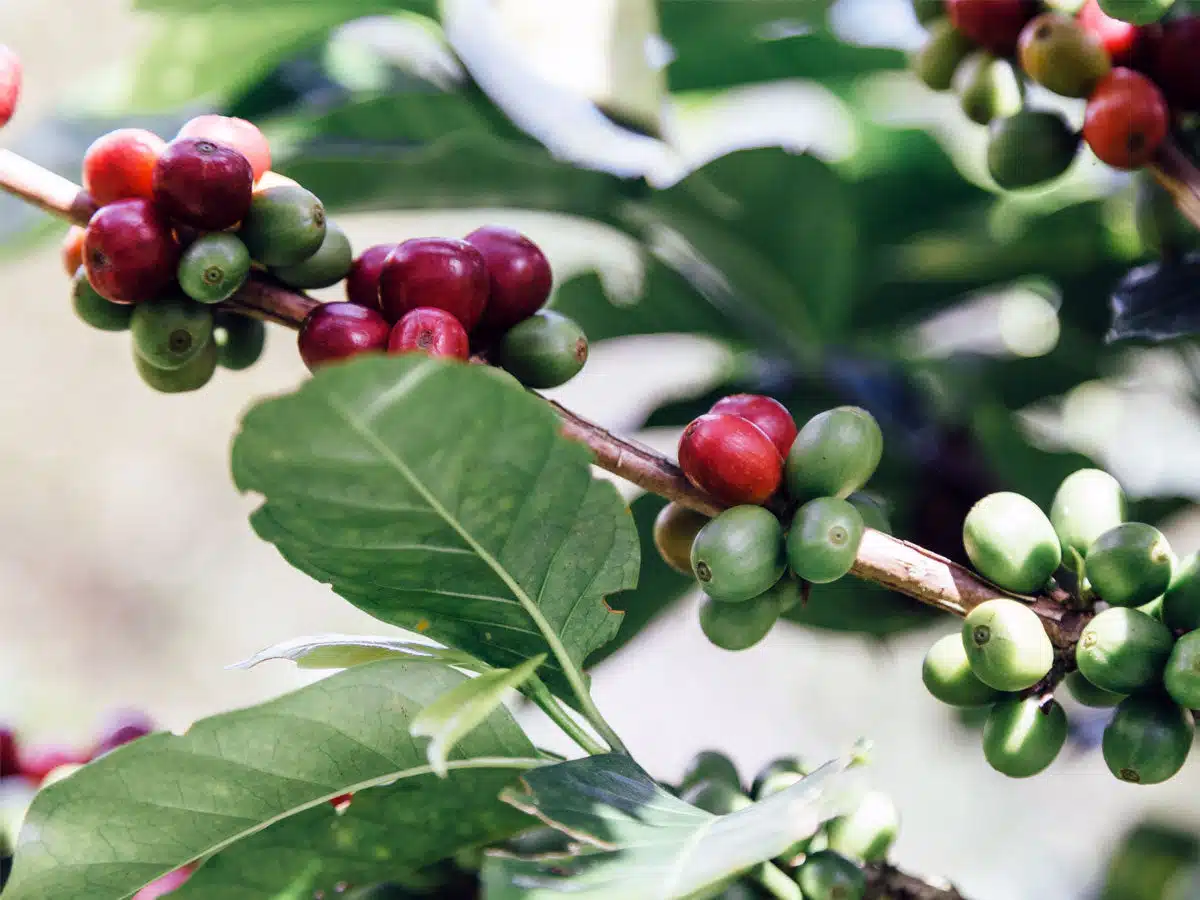
Organic and Sustainable Choices
When it comes to choosing coffee beans, considering organic and sustainable options can profoundly impact both your health and the environment. By opting for these types of coffee, you contribute to better agricultural practices and support eco-friendly farms. Here are some compelling reasons to make this choice:
- Health Benefits: Organic coffee beans grow without harmful pesticides or chemicals, ensuring a cleaner cup of joe. This not only enhances your health but also preserves the rich flavors inherent in the beans.
- Environmental Impact: Sustainable farming practices protect biodiversity and promote soil health. By purchasing organic coffee beans, you support a farming system that works in harmony with nature.
- Fair Trade Practices: Many organic coffee brands prioritize fair trade, ensuring that farmers receive a fair wage and work in safe conditions. This commitment fosters local communities and encourages sustainable farming.
Comparison of Conventional vs. Organic Coffee Beans
| Feature | Conventional Coffee Beans | Organic Coffee Beans |
|---|---|---|
| Pesticide Use | High | None |
| Environmental Impact | Moderately harmful | Minimal |
| Health Risks | Potential contaminants | Lower risk |
| Support for Farmers | Variable | Fair Trade focus |
| Flavor Profile | Often masked | More vibrant and pure |
In summary, choosing organic and sustainable coffee beans not only elevates your coffee experience but also empowers farmers and protects our planet. Embrace this mindful choice, and enjoy your next cup with a sense of purpose!
Roast Levels: What Works for You
Choosing the right roast level can significantly influence your coffee experience. Coffee beans come in three primary roast levels: light, medium, and dark. Each level offers distinct flavors and aromas that can elevate your daily brew.
Here’s a quick comparison of roasting levels:
| Roast Level | Flavor Profile | Aroma | Acidity |
|---|---|---|---|
| Light Roast | Fruity, floral, bright | Intense and vibrant | High |
| Medium Roast | Balanced, sweet, nutty | Pleasantly bold | Moderate |
| Dark Roast | Rich, smoky, bittersweet | Dark chocolate | Low |
Tips for Selection:
- Know Your Preferences: If you enjoy bright, fruity flavors, opt for light roasts. For a well-rounded cup, go for a medium roast. Dark roasts suit those who love a bold, deep flavor.
- Experiment & Explore: Don’t be afraid to sample various roast levels. Each type of coffee bean can surprise you with its unique characteristics.
- Local Bean Roasters: Seek out local roasters for freshly roasted beans. Freshness enhances flavor and aroma, amplifying your coffee experience.
Ultimately, the perfect roast level boils down to personal taste. By understanding your preferences and trying different roast levels, you’ll find the ideal coffee beans to satisfy your caffeine cravings.
Grind Size Matters
When it comes to brewing the perfect cup of coffee, the grind size of your coffee beans plays a crucial role. Choosing the right grind size enhances extraction and influences the flavors you can unlock from those aromatic coffee beans. Here’s why it matters:
- Brew Method Compatibility: Different brewing methods require specific grind sizes. For example:
- Coarse: Best for French press, producing a full-bodied cup.
- Medium: Ideal for drip coffee makers, balancing extraction and flavor.
- Fine: Perfect for espresso, delivering a rich and intense taste.
- Extraction Rate: The surface area of the ground coffee beans affects how quickly flavors dissolve in water. Finer grinds extract faster, while coarser grinds take longer, altering taste and strength.
- Taste Profile: Inconsistently ground coffee beans can lead to both over-extraction (bitter) and under-extraction (sour) flavors. Aim for uniformity to achieve a harmonious blend of flavors.
- Grind Size Guide: Here’s a quick reference for selecting grind sizes:
| Brew Method | Grind Size | Flavor Profile |
|---|---|---|
| French Press | Coarse | Full-bodied |
| Drip Coffee Maker | Medium | Balanced |
| Espresso | Fine | Bold and rich |
| AeroPress | Medium-Fine | Bright and flavorful |
In conclusion, choose your grind size wisely to unlock the full potential of your coffee beans. Experiment to find what brings you the most joy in every delicious sip!
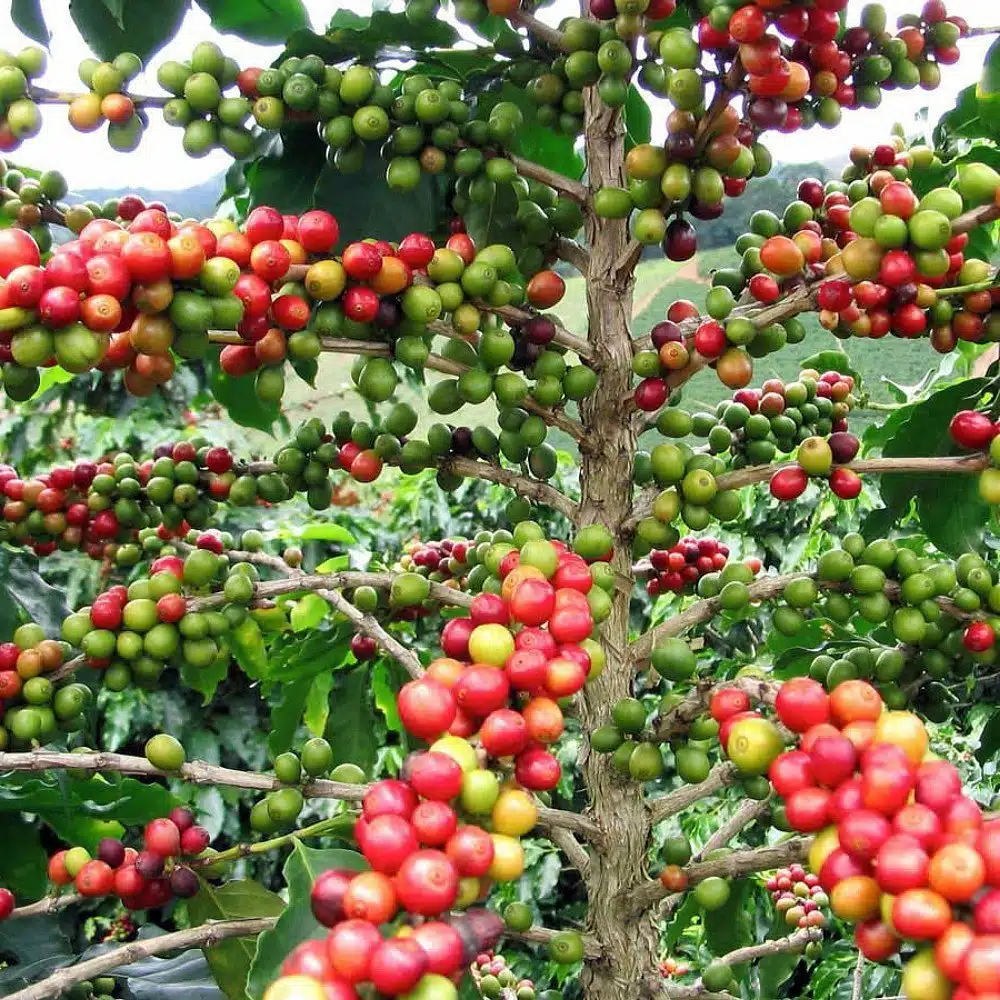
Storage Tips for Longevity
Proper storage of your coffee beans extends their freshness and preserves the vibrant flavors you love. Implementing a few simple yet effective strategies can make a world of difference. Here are crucial tips to ensure your coffee beans remain delightful for as long as possible:
- Airtight Containers: Store your coffee beans in airtight containers. Exposure to oxygen leads to oxidation, causing loss of flavor.
- Cool, Dark Place: Keep your beans in a cool, dark place, away from direct sunlight and heat sources. Light and heat can negatively affect the quality.
- Avoid Fridge or Freezer: While it may seem beneficial, storing coffee beans in the fridge or freezer can introduce moisture, which is detrimental. Instead, focus on room temperature environments.
- Whole Beans vs. Ground: Always opt for whole coffee beans over pre-ground options. Whole beans retain their flavor longer due to reduced surface area.
- Small Batches: Purchase smaller quantities of coffee beans to minimize storage time. Freshly roasted beans are a delightful treat; the sooner you use them, the better the experience.
By following these storage tips, you’ll ensure that every cup of coffee is a celebration of flavor and aroma. Remember, a little attention to detail in storing your coffee beans can dramatically enhance your coffee journey!
The Role of Water Quality
When it comes to brewing the perfect cup of coffee, the quality of water plays a pivotal role, often underestimated by many coffee enthusiasts. After all, water constitutes about 98% of your cup, making it essential to consider the source and composition. Here’s why water quality matters and how to ensure it complements your coffee beans:
- Taste Impact: Poor water quality can introduce off-flavors that overshadow the rich characteristics of your coffee beans. High mineral content can lead to a bitter taste, while chlorine can impart a metallic flavor.
- Water Hardness: The balance of minerals—both calcium and magnesium—is crucial. Optimal hardness enhances flavor extraction without overpowering the coffee beans. Aim for water that is neither too hard nor too soft.
- Purity: Always opt for filtered water, as tap water may contain impurities and compounds that alter flavor. This simple step can elevate your coffee experience dramatically.
- Temperature: Use water heated to about 195°F to 205°F for the best extraction from your coffee beans. Water that is too hot can scald the beans; too cold will under-extract, leaving you with a flat taste.
In summary, investing time in sourcing quality water can significantly enhance your brewing process and ensure that every cup reflects the true essence of your chosen coffee beans.
Experimenting with Blends
Embracing the world of coffee beans opens up a universe of flavor possibilities, especially when you begin experimenting with blends. Blending different beans not only enhances the overall taste but also allows you to discover your unique coffee profile. So, where do you start?
Why Experiment with Blends?
- Diversity of Flavors: Every coffee bean possesses unique characteristics. By blending various types, you can create a complex cup that highlights the strengths of each bean.
- Personalization: Tailor your coffee experience according to your own palate. Enjoy a bright, fruity brew one day and a rich, chocolatey cup the next.
- Balance: Some beans bring out acidity, while others add body. Blending helps achieve a harmonious balance that suits your taste buds.
Popular Coffee Blends to Try
| Blend Type | Flavor Profile | Suggested Coffee Beans |
|---|---|---|
| Espresso Blend | Bold, Rich, and Dark | Arabica and Robusta |
| Breakfast Blend | Light, Bright, and Fruity | Central American and Ethiopian |
| Dessert Blend | Sweet, Creamy, and Indulgent | Sumatran and Colombian |
When you explore coffee blends, remember that the journey is just as enjoyable as the final cup. Have fun mixing different coffee beans and let your creativity unfold, transforming each brewing session into an adventure of flavors!
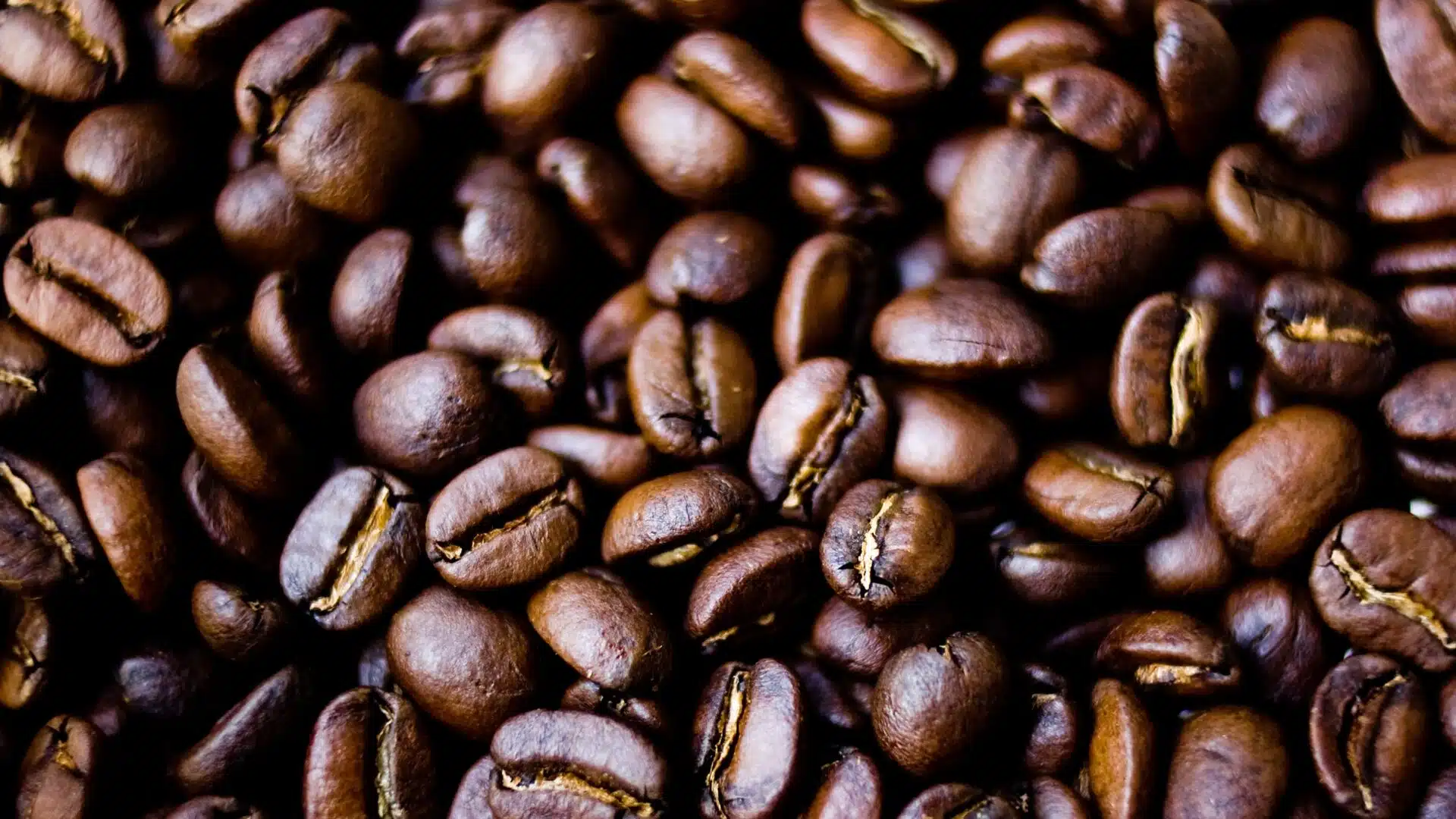
Budgeting for Your Coffee Journey
Embarking on your journey with coffee beans doesn’t just ignite your taste buds; it also requires a thoughtful approach to budgeting. Here are some key points to help you navigate your spending wisely:
- Identify Quality vs. Price: Understand that not all coffee beans are created equal. Higher-quality beans often come with a steeper price tag, but they also yield a richer flavor and aroma. Consider what you truly value in your coffee experience.
- Set a Monthly Budget: Establish a realistic budget for your coffee purchases. Decide how much you’re willing to spend on coffee beans each month, factoring in different types you may want to try, from specialty roasts to everyday blends.
- Consider Bulk Buying: If you’re a regular coffee drinker, buying in bulk can save you money. Look for deals from local roasters or online retailers that offer discounts for larger quantities.
- Experiment with Different Ranges: Allocate part of your budget for experimentation. Sample various regions, roast levels, and flavor profiles. This way, you can discover what you love without breaking the bank.
- Stay Flexible: Prices can fluctuate based on seasons and availability. Keep an eye on sales or rotating specials from your favorite retailers.
By managing your budget, you will not only enjoy a delightful cup of coffee but also enhance your overall coffee journey.
Frequently Asked Questions
What should I look for when selecting coffee beans?
When selecting coffee beans, consider factors such as the origin, the processing method, roast date, and flavor profile. The origin significantly impacts the flavor, so explore regions known for distinct characteristics. The processing method influences the final taste, whether it’s washed for clarity or natural for fruitiness. Always check the roast date for freshness, as coffee is best enjoyed shortly after roasting. Lastly, delve into the flavor profile— citrusy, nutty, chocolatey—and choose what resonates with your palate to elevate your coffee experience.
How does the roast level affect the flavor of coffee beans?
The roast level is a crucial element in determining the flavor profile of your coffee beans. Light roasts retain more of the original bean’s natural flavors and often exhibit vibrant acidity with fruity notes. Medium roasts strike a balance, highlighting both the bean’s origin and the roasted flavors, while darker roasts favor deep, bold flavors with hints of chocolate or caramel, often masking some of the original characteristics. Your personal taste preferences will guide you toward the perfect roast level that excites your senses with each sip.
Is it better to buy whole beans or pre-ground coffee?
Opting for whole beans over pre-ground coffee can truly transform your coffee experience. Whole beans retain their freshness, essential oils, and flavor compounds longer than pre-ground options. Grinding just before brewing releases these aromas and flavors, enhancing your morning ritual. With whole beans, you have the advantage of adjusting grind size based on your brewing method—coarser for French press, finer for espresso—allowing for a customized cup tailored to your liking. Embracing the whole bean journey opens up a world of flavor waiting to be discovered.
How important is the freshness of coffee beans?
Freshness is paramount when it comes to coffee beans, as it directly influences the flavor, aroma, and overall quality of your brew. Coffee is at its peak within days of roasting, with flavors beginning to diminish after a few weeks. To enjoy the most vibrant coffee experience, seek out freshly roasted beans and store them properly in an airtight container, away from light, moisture, and heat. Prioritizing freshness means you’re not just drinking coffee; you’re savoring a delicious moment filled with all the intricate flavors meticulously developed during the roasting process.
Should I consider the coffee bean’s processing method?
Absolutely, the processing method is essential in shaping the final flavor of your coffee. There are several methods, such as washed, natural, and honey, each lending unique attributes. The washed method offers cleaner, brighter flavors, highlighting the bean’s inherent characteristics. In contrast, the natural method enhances sweetness and complexity, producing fruitier notes that can elevate your tasting experience. The honey process is a balance, yielding both sweetness and acidity. Understanding these methods empowers you to choose beans that align perfectly with your taste preferences, creating a harmonious cup that inspires your daily coffee rituals.

